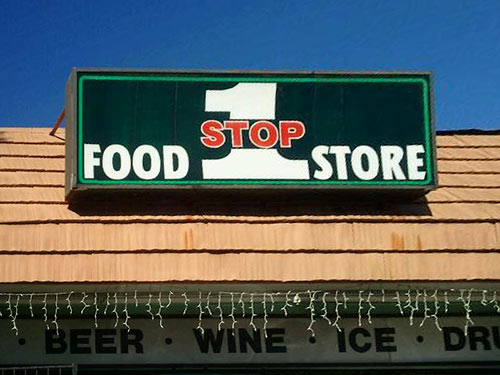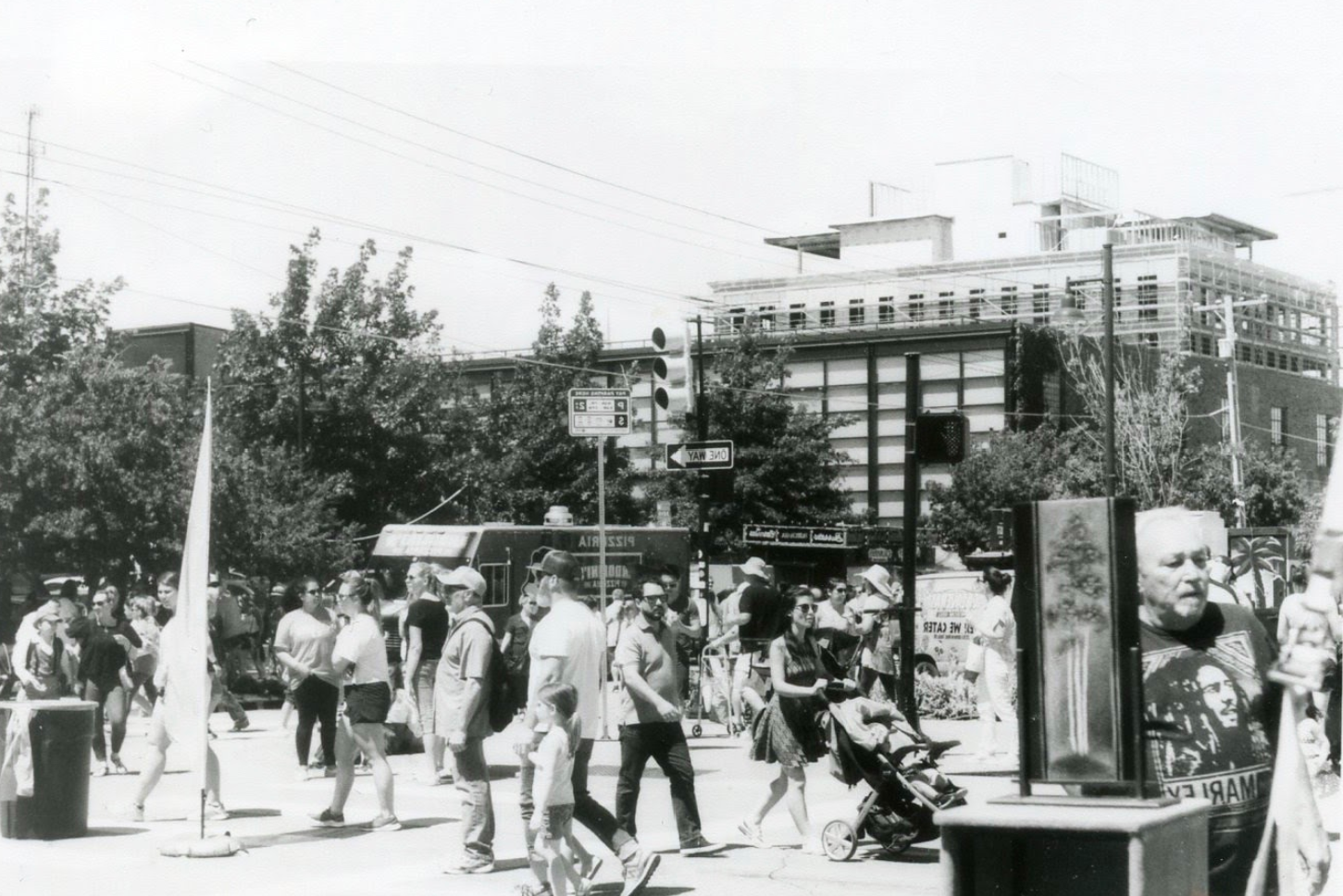

In that first quick interchange of gunfire, twenty people were killed or wounded. In the chaos of the moment, armed whites began shooting indiscriminately at the retreating Black men, some of whom shot back. As the men struggled, one of their guns went off. This time, however, a white bystander, perhaps angered by the sight of Black men carrying weapons, attempted to take the gun of a Black veteran who was walking away with the rest of the group. When a second, larger group of Black men arrived in hopes of helping to protect Rowland, they were again told that their services were not needed. By 9:30 there were almost two thousand angry whites milling around outside the courthouse, many with guns, and the county sheriff was preparing his deputies to make a stand should the building be attacked. They left upon being promised that no harm would come to Rowland, but their brief presence further enraged the growing white mob. to offer the authorities their assistance. The eruption of white mob violence in downtown Tulsa on May 31, 1921, interrupted Greenwood’s historic ascendancy.įearing that the lynching of Dick Rowland was imminent, a small, armed contingent of Black men, some of whom had served in World War I, came to the courthouse around 9:00 p.m. For all these reasons, the Greenwood District was not just a wealthy Black community in the age of segregation it was, and remains, a potent symbol of Black excellence.


3 Remarkably, the neighborhood’s affluence occurred at a time when most Black southerners lived in rural areas and toiled as sharecroppers on white-owned plantations. Jackson and enterprising businessmen such as Greenwood’s founder, O.
Quick print downtown tulsa professional#
2 The Black professional class comprised not only clergy and teachers but also three lawyers, including the pioneering Buck Colbert Franklin fifteen doctors, one of whom was a nationally acclaimed surgeon, Dr. 1 Most of the businesses and residential properties were owned by Black Tulsans. There were a dozen churches, as well as two schools, two hospitals, two newspapers, and a public library. The district boasted close to two hundred businesses, including thirty-one restaurants, more than two dozen grocery stores, five hotels, four drugstores, and two theaters. In 1921, Greenwood was home to nearly eleven thousand Black people - one-tenth of Tulsa’s overall population - and spanned a thirty-five-block area. During the early twentieth century, the Greenwood District of Tulsa, Oklahoma, was known as the “Negro Wall Street of America” because of its prosperous Black business community.


 0 kommentar(er)
0 kommentar(er)
